“We had always thought we wanted to start a family but there was no set time,” says Bishop. So when she did get her doctor’s confirmation that she was pregnant base training had just begun and she was gearing up for the season ahead. Needless to say, the focus shifted pretty fast for the mom-to-be. As she moves into her second trimester, Canadian Olympian and mom-to-be Melissa Bishop shares her new training routine, nutrition woes and what it’s like getting into mom mode.
iRun: What was it like finding out you were pregnant?
Melissa Bishop: Looking back, not knowing I was in the first one, there was some food aversions and nausea and now in the third trimester we are almost ready for baby. I thought it was something I ate or I wasn’t feeling it on that day, but it wasn’t bad enough to think that I was pregnant. It was a slow start to the season because I had just gotten married in October, we had our honeymoon in November, so a lot of life events were happening at the time.
iRun: So if you didn’t notice before, after finding out you were pregnant, did you notice a difference at all?
MB: Honestly, I didn’t feel a difference until after Christmas. At that point, I hadn’t put on any weight there was really no change. But I realized that I needed to change because, you know, I’m growing a small human.
iRun: Any food aversions or things you have had to adjust?
MB: None since the first trimester when I didn’t know why I didn’t want to eat chicken. The hardest part has been getting enough food. I’m still working out and while I don’t need a lot more food maybe 300 calories, I get really full quickly so it’s planning small meals really frequently which is hard. I’m used to downing a plate of pasta, not breaking it up into two smaller meals. It’s an adjustment.
iRun: As you’re moving into your final trimester, what’s your training looking like?
MB: It’s very much day-to-day and really not a lot of running, mostly cross training because it’s what feels right, right now. Right now it’s a lot of pool running. I was on the elliptical for a while, then the bike and I don’t enjoy these activities because these are not my forte. I can go for a 30 minute run and not think twice, but it’s learning a to love these activities, I’ve got to work extra hard.
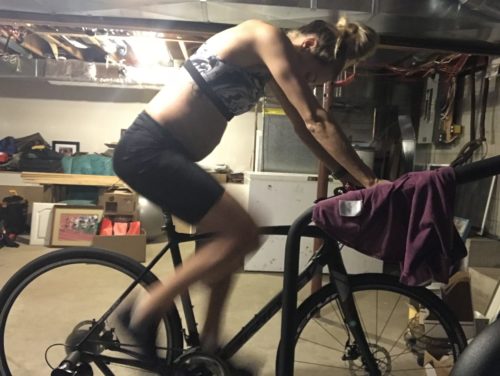 iRun: What has been your biggest surprises physically with being pregnant?
iRun: What has been your biggest surprises physically with being pregnant?
MB: I thought that I could run until the day I go into labour and slide right through pregnancy. I was so wrong. There are so many different aches and pains you go through, and have to deal with. There are a lot of hormones coursing through your body that cause things to stretch. Cross training has been the best bet. I don’t want to injury something and then have to take more time off once the baby arrives to deal with an injury. Right now I’m just trying to maintain fitness.
iRun: You mention aches and pains, and joint health is important for expectant moms, so what about your joints, how have you dealt?
MB: Everything in my body is a more fluid, which is not necessarily for the better. Based on the way I feel during this second trimester, I could have been running every day. But then, I think had I been running, maybe I wouldn’t be feeling this good. Maybe it’s because I’m not doing a lot of weight bearing activities that I feel this way.
iRun: How difficult is it to mentally balance the athlete in you and the mom-to-be in you?
MB: There was a point early on in the pregnancy where I wanted to push the limits, but I felt I couldn’t do it for the safety of the baby. The athlete in me wants to push through this and feels the burn is good. But then the mom-to-be in me says no, you can’t, this could be harmful.
There was a huge learning curve. I think knowing the health of the baby is first and foremost, then my health, then the training. Some days I wake up and think I can’t do it and to me that’s okay. As an athlete for the past decade, my job has been to read my body and say, no you can go harder or stop, you need to rest or yes, push through the crappy feeling. That’s one of the pluses I know when it’s safe when it’s not and when I can push a bit more.
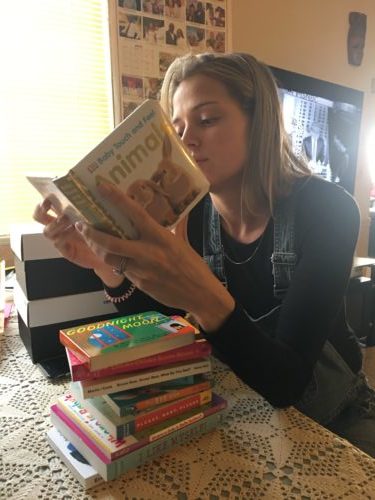
iRun: Have you spoken with any other elite runners who are moms and have gone through what you are right now?
MB: I actually just spoke with Hillary Stellingwerf who had her second baby a few weeks ago. After her first baby she came back to compete in the 2016 Rio Olympics and has said to enjoy every moment because it is such a miracle. She explained it as right now I’m no Melissa Bishop trying to break 1:50, I’m Melissa Bishop trying to start a family so just enjoy it.
iRun: Now that you’re in your third trimester so you think you’ll try to run?
MB: I am going to try. It will be day by day and how I feel. As it gets warmer, I would like to get on the trails. I’ve had training where I’ll go from the elliptical to the treadmill. Right now, it’s easier on the mind knowing that I can finish my training on the treadmill. I love to exercise and I get grumpy when I can’t so
iRun: For the everyday athlete going through pregnancy?
MB: Knowing this is not forever. It’s nine months. I know this won’t be a lifestyle after the baby so give yourself a break. Your body is working so hard and there’s lots going on to grow a baby so take it day by day and do what you can.





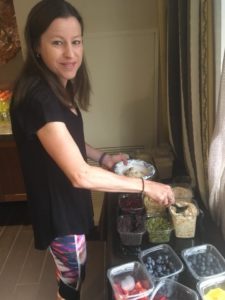 Wednesday
Wednesday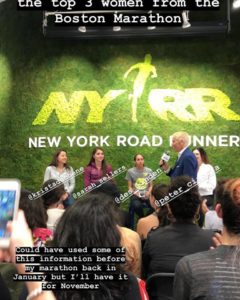 Saturday
Saturday

 iRun: What has been your biggest surprises physically with being pregnant?
iRun: What has been your biggest surprises physically with being pregnant?


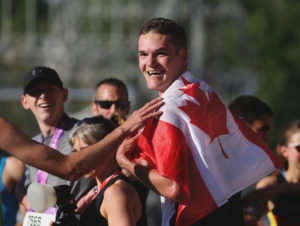

 Our Magazine
Our Magazine
